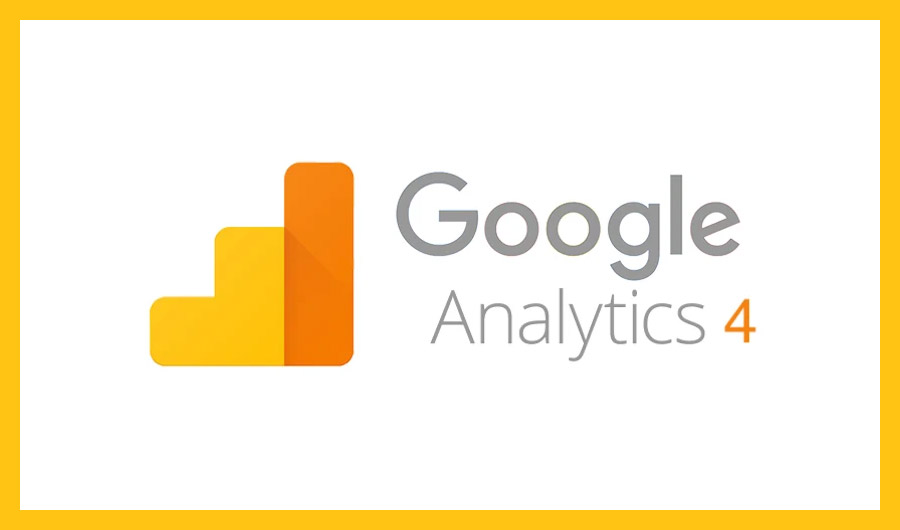
The Novice’s Guide to Google Analytics 4 (GA4)
If you want to conquer the ever-evolving digital business landscape then mastering your numbers game is one of the first steps toward the ladder of success for a number of reasons.
Whether you want to check how your site or app is performing or you want to deep-dive into traffic or conversion stats, a good analytical tool will always keep you updated on where exactly you are on achieving your goals and what steps you need to take to improve those numbers.
Herein, Google Analytics is one of the most widely used free tools to see your traffic stats and where it is coming from. The tool specializes in providing a number of factual insights that can help you revamp your business strategy to potentially reach, impact, and convert your targeted audience.
In this article, we will deep dive into the origins of Google Analytics while focusing on the features and benefits of its latest iteration the GA4. However, if you are big on analytics or someone who juggles around with sensitive data daily then you should use a reliable and secure internet connection.
For this purpose, we suggest looking into Xfinity for a seamless and secure internet experience. Xfinity comes with inbuilt advanced security features that protect your network and precious collateral on the go. For more information, you can contact the Xfinity customer service to sign up for the plan of your choice today.
So, without further ado. Let’s kick off this extravaganza!
What is Google Analytics?
Google Analytics is a free website and mobile app analytics service that helps you effectively track and report your platform’s traffic, events, performance, and conversion stats while outlaying unique visitor insights. Part of the Google Marketing Platform, the tool is one of the most widely used tools for search engine optimization (SEO) and other marketing purposes.
What’s more, as already mentioned the primary purpose of any analytics and reporting tool is to gauge the effectiveness of the marketing campaign and activities. Simply put, understanding customer behavior, patterns, and trends is critical to long-term success in the marketing world and Google Analytics is the perfect tool for not only analyzing these numbers but also simplifying them for deciding the best course of action.
A Run-Down Memory Lane
During the early stages of the internet website data was not always this easy to access and understand. So, if people wanted to know what kind of traffic their site was getting, they would have to read the entire server logs of their sites. Server logs were usually this huge list of information on all the actions that had happened on a site and though the information was quite valuable, organizing and interpreting the information was a daunting and demanding task.
However, as time passed companies started compiling the log files into insightful reports instead of manually juggling through raw data sets. A company called Urchin specialized in this field and slowly gained widespread popularity among the business community. To the point that it was later purchased by Google in 2005 and rebranded and later rebranded as Google Analytics. The visualization tool that we all love and enjoy today.
What is Google Analytics 4 (GA4)?
Over the years, the Google Analytics tool has gone through several modifications. GA4 is the brainchild of the lack of scalability and privacy compliance of the existing legacy platform that was retired later this year in July 2023.
The GA4 is a far more advanced tool than the previous iterations as not only it relies on advanced machine learning and AI frameworks but at the same time focuses more on predictive modeling and analytics besides reporting insights. So, if you are new to Google Analytics this is the version you will be using and to your advantage, it is much easier, user-friendly, and action-focused than all the previous versions.
How Does it Work?
To get data from any website, you first need to place a tag on the site to collect any data on the Google Analytics platform. The raw data is then carefully compiled into insightful reports focusing on a variety of variables, metrics, and dimensions. These variables, metrics, and dimensions are precisely what allows businesses to measure SEO success, conversion, and ROI.
The navigation, layout, and structure of GA4 are completely different than the Universal Analytics legacy platform but if you are just starting this might be a blessing in disguise as you won’t need to reconfigure yourself to the new platform and directly move to the newer version.
Why Use Google Analytics 4?
There are many other alternatives available in the market but the best part about GA4 like all tools within the Google Marketing Ecosystem is that it is completely free. So, if you want to get ahead of the game right now, we advise you to create your account today as this is the second-best window after the initial release of the platform back in 2020.
So, what are you waiting for? Let the journey begin.






